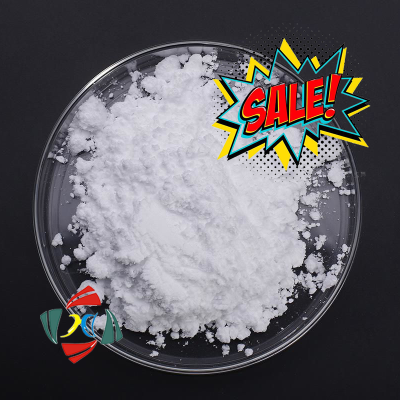Nat Commu . . . The Liu China/Liu Jingyu team has made significant progress in the field of sodium channels and pain.
-
Last Update: 2020-07-21
-
Source: Internet
-
Author: User
Search more information of high quality chemicals, good prices and reliable suppliers, visit
www.echemi.com
For each individual, pain is a very unpleasant feeling. It is the most common clinical disease. At present, nearly 20% of the world's people suffer from chronic pain all year round.three sodium channel subtypes, Nav1.7, Nav1.8 and Nav1.9, are highly expressed at the end of peripheral sensory nerve fibers, which are essential for the initiation and conduction of action potential. They regulate the excitability of sensory neurons and regulate peripheral pain. However, the relationship between the three ion channels is not completely clear.the venom of poisonous animals such as spiders is their molecular weapon for defense and predation.the peptide toxins contained in the venom are natural ligands of ion channels on the cell membrane. Due to the specificity of their targeting, they play an important role in analyzing the structure and function of ion channels and exploring important physiological and pathological mechanisms. At the same time, they are also valuable resources for innovative drug research and development, which have attracted much attention of neurobiology and pharmacology researchers.recently, Professor Liu Zhonghua of Hunan Normal University and Professor Liu Jingyu of Huazhong University of science and technology / Institute of neuroscience, Chinese Academy of Sciences, published the latest research results entitled: spider venom derived peptide induces hyperalgesia in Nav1.7 knockout mice by activating Nav1.9 channels online in nature communications.in this study, a spider toxin hptx1 with a new mode of action on voltage-gated sodium channels was found, which inhibited Nav1.7 and activated Nav1.9, but did not affect Nav1.8.it is well known that Nav1.7 is an important target for pain treatment, which can inhibit the analgesic effect of Nav1.7 in animal models of pain. However, hptx1 has a pain inducing effect on wild-type mice, and can even restore the nociceptive pain behavior of nav1.7-ko mice. Clinical and genetic studies have shown that Nav1.9 is closely related to pain, and enhancing the function of Nav1.9 can cause pain, and hptx1 can induce pain in mice In addition, the electrophysiological study on peripheral nociceptive neurons of three Na + channel knockout mice showed that activation of Nav1.9 could compensate for the effect of Nav1.7 deletion on action potential, but could not compensate for the loss of Nav1.8; Finally, it was found that there was a conserved acidic amino acid glutamic acid on the S3-S4 extracellular junction of the fourth structure of Nav1.9 and S3-S4 of the second domain of Nav1.7.this study has the following three important research results: 1. It provides new strategies, new targets and drug leading molecules for the treatment of nav1.7-related congenital painless disease; 2. Revealing that Nav1.7, Nav1.8 and Nav1.9 jointly fine regulate neuronal excitability in the generation of action potential and pain signal transduction; 3 It provides pharmacological evidence for the important role of Nav1.9 in pain perception, and fills in the pharmacological research blank of Nav1.9 in pain signal transduction research.it is reported that Dr. Zhou Xi of Hunan Normal University and Dr. Ma Tingbin of Huazhong University of science and technology are the co first authors of the paper; Professor Liu Zhonghua of Hunan Normal University and Professor Liu Jingyu of Institute of neuroscience of Huazhong University of science and technology / Institute of neuroscience of Chinese Academy of sciences are co authors of the paper; Professor Zhang Xianwei of Tongji Hospital of Huazhong University of science and technology and Liang song of Hunan Normal University are also involved in the project The strong support of Professor Ping and others is an important achievement of the cooperation between teachers and students.the research has been supported by the National Natural Science Foundation of China, the national key R & D program and the China Post Doctoral Fund.paper links:
This article is an English version of an article which is originally in the Chinese language on echemi.com and is provided for information purposes only.
This website makes no representation or warranty of any kind, either expressed or implied, as to the accuracy, completeness ownership or reliability of
the article or any translations thereof. If you have any concerns or complaints relating to the article, please send an email, providing a detailed
description of the concern or complaint, to
service@echemi.com. A staff member will contact you within 5 working days. Once verified, infringing content
will be removed immediately.







